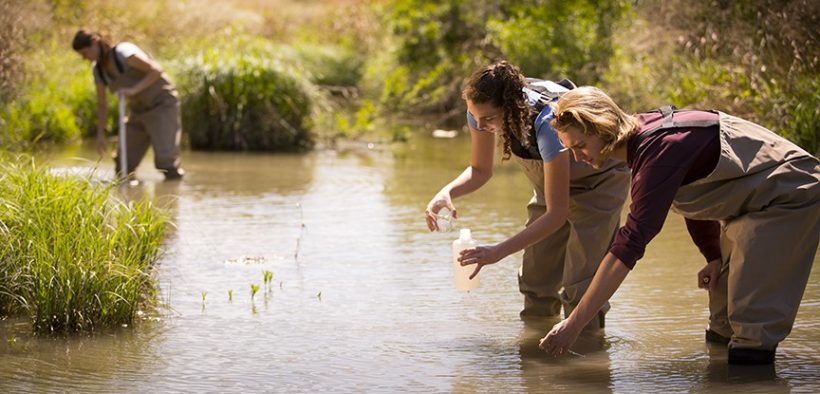SU’s STARS Gold Rating for Sustainability: What Does It Mean?
Share

Early this March, Southwestern had its The Sustainability Tracking, Assessment and Rating System (STARS) rating for achievements in sustainability, issued by the Association for the Advancement of Sustainability in Higher Education (AASHE), upped to a Gold Rating. This is a considerable improvement from years prior in which SU has usually hovered around a Bronze Rating. Though the environmentally-conscious and concerned among us may be happy to hear about these apparent improvements, those who are also skeptical and worried about the potential of greenwashing buzz-words may prefer to have a better idea of what this award means before celebrating. Rest assured, the STARS program is detailed and dedicated to recognizing the most meaningful sustainability initiatives and accomplishments. Here we’ll try to briefly elucidate the process in which an institution is rated, and also recall some examples of work our students and faculty have done over the past year or so to warrant our Gold Rating.
According to the STARS program’s website, it aims to promote and assess “entry points of recognition for institutions that are taking first steps toward sustainability,” aiding in the inspiration of new initiatives toward more eco-friendly and overall sustainable changes to universities of all kinds, as well as long-term goals of those already in high standing. Through this program, AASHE wishes for information on better practices to be freely spread and to garner a diverse community around campus sustainability.
The program encourages participating institutions to pursue credits falling under different categories, such as developing research and curriculum focused on understanding sustainability or incorporating positive changes in a campus’s operations and infrastructure. AASHE staff are available to provide help and point toward resources to help institutions figure out how to reach their own goals. The program’s reporting tool is also backed by an assurance process to make sure everything about a report is genuine and that it assesses all target issues. The institution is then given a percentage point score based on the report and the type of credit being pursued, with a few extra “Innovation & Leadership” points possible for those who demonstrate “exemplary and path-breaking initiatives.” Earning a total of at least 65 out of 100 possible points earns an institution a Gold Rating for up to three years after a report, and that’s what SU has accomplished!
Those not closely involved with our sustainability ambassador program or student organizations such as SEAK may be wondering: What has SU been doing lately to earn such a good assessment? Our sustainability initiatives and related social media can give anyone curious a look at what the Sustainability Ambassador program has been up to. The official Instagram page gives quick examples of what’s been done this past academic year alone. The group has led or lent a hand in activities such as a pre-consumer composting program and the All Things Wild Meet & Greet. These demonstrate the SU community’s resolve in not only implementing more sustainable practices in operations, but also in presenting information and spreading awareness in ways that can motivate others as well.
Considering the earnest review put into each report and the standards to which a university is held during the process of pursuing a STARS credit, a STARS Gold Rating isn’t an achievement to take lightly. Our student organizations and faculty have been putting in considerable effort over the past academic year to get Southwestern’s rating up, and with it, future generations of students can strive to maintain that rating and uphold our promise to sustainability.
